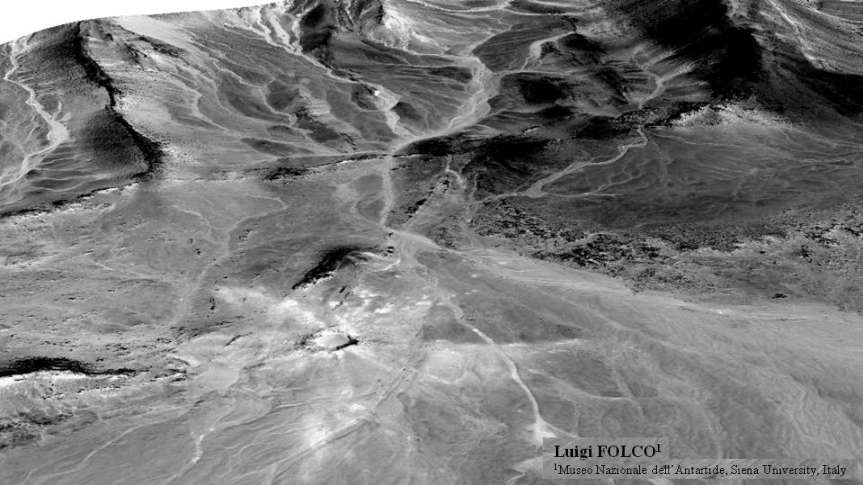|
|
Coming Soon.
If impatient, send an email.
In 2009, a small expediiton was mounted to verify the extraterrestrial nature of a supposed meteorite crater found with Google Earth. The crater itself is 45 meters across, and is surrounded by ejecta rays containing impact glass and meteorite fragments.

http://www.b14643.de/Sahara/Kamil_Meteor_Crater/index.htm
To date an estimated 2-3 tonnes of shrapnel fragments have been recovered, ranging in weight from a few grams to 35 kilograms. One regmaglypted individual was found, weighing 83kg. It was discovered and retained by the scientific expedition that first explored the crater, so all that you see below are pieces of shrapnel produced by the violent destruction of the main mass when it made the crater.
Gebel Kamil is an ungrouped iron meteorite, chemically distinct from all known types.
From MB 98:
Geochemistry: Composition of the metal (ICP-MS; D’Orazio and Folco 2003) is Co = 0.75, Ni = 19.8 (both in wt%), Cu = 464, Ga = 49, Ge = 121, As = 15.6, Mo = 9.1, Ru = 2.11, Rh = 0.75, Pd = 4.8, Sn = 2.49, Sb = 0.26, W = 0.66, Re = 0.04, Ir = 0.39, Pt = 3.5, Au = 1.57 (all in ppm).
Classification: (M. D’Orazio, DST-PI; Luigi Folco, MNA-SI) Iron meteorite (ungrouped), Ni-rich ataxite, extensive shear deformation and low weathering.
A final note -- some have asserted that it is illegal to export meteorites from Egypt without approval from the state. I looked into the issue, and, as best I can tell, this is entirely untrue. It seems as though the academics involved in the discovery and exploration of the crater decided to attempt to apply the Egyptian antiquities law that refers specifically to man-made/cultural artifacts - to meteorites. In light of that fact, I believe that all of the specimens exported are "legal," at least until Egypt passes a law that acutally prohibits the export of minerals specimens and/or meteorites.
See here: http://www.cprinst.org/cultural-heritage-legislation-in-egypt
Since there are no clear laws pertaining to meteorites, the real question is whether or not a meteorite can be said to have "cultural value."
So, what does "cultural" mean? Typically, it applies to artifacts related to human civilization or creation.
To my knowledge, at least in Egypt, 'law 117' has never been applied to objects that were not human artifacts. (Never.)
The scientists working on the meteorite claimed that export permits were required for meteorites because, "Everything which is found in the Egyptian soil is property of the government." (Tarek Hussein, former president of Egypt's Academy of Scientific Research and Technology)
http://www.sott.net/articles/show/213262-Deep-impact-market-the-race-to-acquire-meteorites
While this claim may be correct in the sense that objects on the public land of any country belong to the federal or state government with jurisdiction over the given land, if there are no export laws pertaining to a given resource, it is not illegal to export it.
For a perfect example, note that all meteorites found on public and BLM land in the US do technically belong to the US government. But, since there are no US laws pertaining to the export of US meteorites, and the government does not enforce their ownership of any of these meteorites (with one historical exception), it is generally viewed as legal to export meteorites from the US: even those found on public land.
Some have argued that the interpretations of ownership laws is different in Egypt, but since no laws apply to minerals in general -- and meteorites have as much "cultural" value as the rocks they sit upon -- I'd find it hard to interpret the same law differently for what are essentially identical things per written law.
The specimens offered below are were chosen from a large assortment of shrapnel available at the 2010 Tucson Gem and Mineral Show.
|
